Autumn gooseberry pruning methods
Berry bushes actively grow shoots throughout the growing season, the thorny gooseberry is no exception and also tries to increase the volume of the crown. Pruning gooseberries in autumn is an important measure for preserving and increasing its yield, as well as for preventing diseases. Some gardeners, especially beginners, tend to feel sorry for the bushes and leave all the shoots, rejoicing in their annual growth, but this is a "disservice" to the plant itself.
The meaning of gooseberry pruning
Pruning gooseberries for the winter is not a tribute to garden traditions or an aesthetic procedure. Gooseberry is a cultivated plant that needs regular and competent care. Overgrowing with a large number of shoots, it runs wild, the fruits become small, the variety gradually degenerates. The dense crown of an overgrown plant creates a shade in which fungi and some pests feel good, and it is not so easy for pollinating insects to break through the thorny thickets. Spraying against parasites is also not very effective, since most of the bush in the center is left uncovered.
The gooseberry branch bears fruit on average for about 8 years, in the southern regions the period is reduced to 5 years. Old shoots (5-6 years old) give almost no growth and significantly reduce fruiting activity. To preserve the productivity of the bush, it is necessary to ensure that young and strong branches predominate in the crown. The old ones often become a breeding ground for fungal diseases and a habitat for pests.
Gooseberry pruning is best done in the fall, around the end of October. This is due to the fact that in the spring the procedure must be carried out before the start of sap flow, and in gooseberries this moment often comes unpredictably early. In the fall, the bush is cut off as part of the final set of works on the site.
Pruning tools and basic rules
Gooseberry is an obstinate plant, even young shoots are not only covered with thorns, but also hard enough for pruning. To avoid injury, prepare a good tool and heavy-duty protective gloves with a high flare that covers the wrists.
The main arsenal of tools:
- lopper;
- secateurs;
- hacksaw.
It is convenient to remove gooseberry shoots with a ratchet pruner, a delimber with long handles is suitable for cutting shoots in the center. Old, thick branches can be removed with a hacksaw. The cutting surface of the instruments should be sharp so as not to leave terry hemp - such wounds take longer to heal.
It is important for novice gardeners to remember the basic rules.
- After pruning, hemp must be covered with brilliant green, the drug "Farmayod" or special paint "Garden Luck". Many people do not recommend garden pitch because of the increased healing time.
- When cutting a lateral branch, a low stump is necessarily left: injury to the main shoot is fraught with the appearance of hollows.
- Before pruning, it is advisable to cover the soil under the bush with a film so that all the falling waste with possible pests does not remain overwintering at the roots.
There are two main ways to prune gooseberries.
- "To the circle." It is used for thick branches, on which annular transverse thickenings (sagging) are noticeable. They contain cells capable of division. The cut is made along the upper edge of such an influx.
- "To the kidney." Used to stimulate branching. When the middle is thickened, a 45 ° cut is made on the opposite side of the kidney, directed away from the center. If the bush is "spreading", then the cut is made from the bud, directed inward.In both cases, 5-7 mm of wood should remain above the bud. It is noticed that when pruning on the inner bud, the branch gives larger berries, and on the outer one - smaller ones, but more in quantity.
As a result, you should get a neat bush, in which the bulk of the shoots are oriented vertically - they minimally intersect with each other, there is no thickening. After pruning, it is useful to treat the plant with antiseptic agents such as copper sulfate or Bordeaux liquid in order to cauterize the wounds and hedge against fungal infections for the next year.
Types of gooseberry pruning
Since gooseberry pruning has a sanitary, rejuvenating and modeling function, it is done in several ways. The bush is formed throughout the entire life cycle, at each stage one or one type of pruning prevails. The very first is pre-landing. Proper pruning of a gooseberry seedling will help it take root faster and set the right direction for growth. In a young bush, before planting, it is recommended to shorten all long shoots, leaving 4 buds on the strongest ones, on the weaker and young ones - 2 each. Small ones are removed completely.
The autumn formation of the gooseberry bush in subsequent years is carried out according to the following scheme.
- 1st year: 4-5 buds are left on fresh shoots, the rest is cut off. Also leave 3 large zero shoots (growing from the ground). All dried, sick, adhering to the ground, as well as branches growing towards the center of the bush are removed. If the tip of a large shoot is too thin, then it should be cut to the first strong bud.
- 2nd year: fresh shoots are cut off by about a third, zero for the expansion of the crown 7-8 pieces should remain.
- 3rd year and subsequent: pruning is carried out according to the principle of the previous year, but the 4 strongest are selected from zero shoots, the rest are removed.
The five-year-old gooseberry bush already has about 20 strong branches of different ages, the oldest of which (they have a darker bark) are cut off annually. Thanks to this approach, the plant will be strong, and the berries are not chopped.
Advice
If the bush is running, it is more than 20 years old, then anti-aging pruning will no longer give an effect.
You can also work with mature "shaggy" gooseberry bushes by performing anti-aging pruning in order to partially restore the yield. To do this, you need to cut off at the root all dark adult and dry branches, but not more than 1/3 of the total mass, since it is necessary to take into account the "tensile strength" of the plant. In the spring, the gooseberry actively grows with new shoots, and in the fall you can already remove the next portion of the old ones. Thus, in 2-3 years, the bush will gradually improve the yield and increase the growth rate.
When pruning gooseberries, it should be borne in mind that the tendency to form zero shoots, crown branching and growth rate are largely determined by the variety. For example, they are actively recovering with the help of zero shoots Avenarius, English yellow, Red Kuzmina. Build up lateral shoots Date, Green bottle.
Original methods for pruning gooseberries
Some gardeners are bored with forming classic berry bushes, in connection with which new unusual methods of cutting gooseberries have appeared, for example, the standard type. In fact, a gooseberry bush turns into a low tree, from which it is much more convenient to pick berries. For such experiments, large-fruited varieties resistant to powdery mildew are suitable. It is important to choose the right central axis, that is, the strongest promising shoot growing relatively vertically. All lateral and zero points are removed to an acceptable height (approximately 0.5-1 m). The future gooseberry stem is leveled and tied at several points to a solid support to prevent it from sagging.
The next year, 4-5 strong upper branches are selected and left around the central shoot, the rest are cut by a third.Anything that grows down and towards the center of the bush is removed completely. It is advisable to mulch the land around the gooseberry so as not to provoke the growth of zero shoots. This will save the strength of the bush for crown growth. In subsequent years, 4-5 branches are added, the old ones are removed.
Important!
When choosing a standard method of forming a gooseberry, it should be borne in mind that he will live only 9-11 years. Such a bush is prone to freezing, so in cold regions this method is either not used, or the plant is hiding for the winter.
Another original method of cutting gooseberries is trellis. The method is troublesome and labor-intensive, suitable for lovers of garden experiments. The scheme is as follows:
- it will be necessary to install several strong vertical supports in a row with a height of about 1-1.2 m;
- three rows of rope or wire are pulled between the supports: 1 row at a height of 50 cm, 2 row - 80 cm, the last one at the very top;
- gooseberry bushes are planted along the supports with an interval of 70 cm.
Each bush is initially formed from 3-4 strong shoots, which are fan-shaped to the trellis. During the subsequent trimming, 3-4 more of the largest are left, which are also fixed to the wire, the old ones are trimmed by about a third, the rest (including zero ones) are removed.
Advice
The distance between the tied gooseberry branches should not be less than 20 cm. To avoid thickening, it is better to leave some shoots to grow horizontally, controlling their length.
The gooseberry plantation on the trellis looks impressive, the bushes are not susceptible to fungal diseases, they are well ventilated and warmed up by the sun. However, shelter is needed in some regions in winter.
The gooseberry reacts very gratefully to competent pruning by actively growing young shoots and large numerous berries. This plant is generally unpretentious and not too susceptible to diseases, therefore, when creating optimal conditions for growth and development in the form of annual pruning, the bush will practically not require care during the growing season.

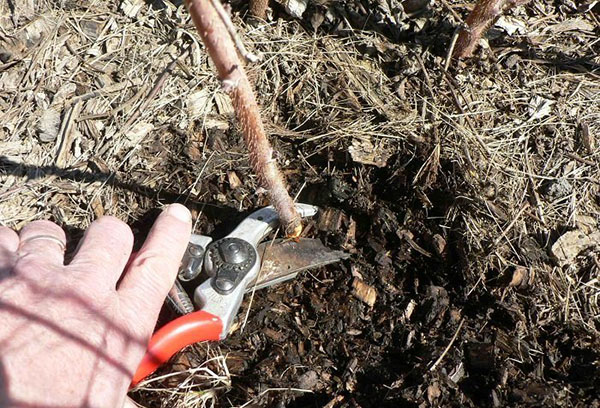

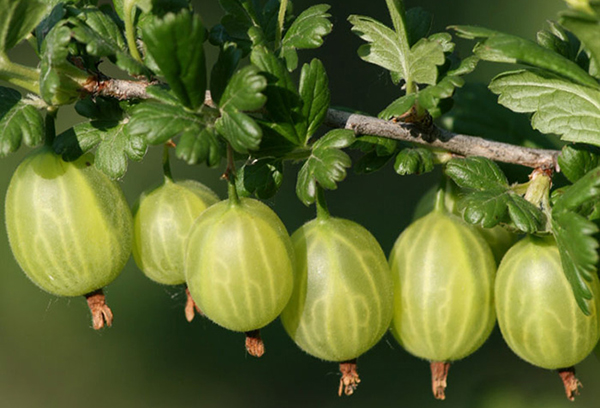
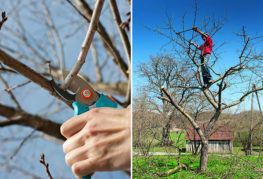
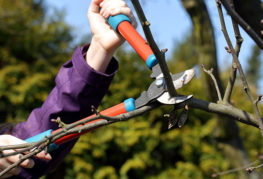
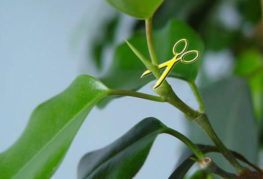
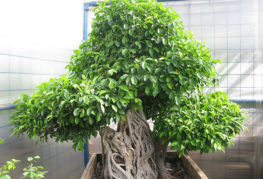
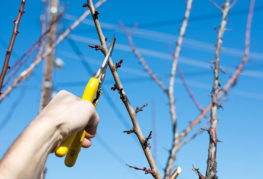

and will be published shortly.